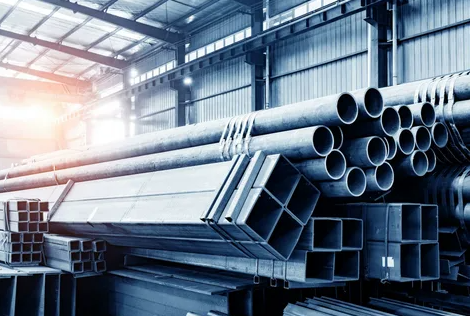As Irina Olkhovskaya noted, the year 2024 turned out to be quite successful for the carriage industry. Enterprises were able to quickly integrate into the new geopolitical agenda and strengthen their own technological sovereignty.
"By the end of 2024, the loading of our plant was record-breaking: with a capacity of 20,000 wagons, we produced 19.7 thousand wagons. Over the past year, the company has increased production volumes for all types of rolling stock," said the General Director of the United Wagon Company.
However, this year the industry has faced a number of significant challenges.
First of all, this is a general decrease in the volume of freight transportation by rail and the resulting surplus of the carriage fleet. This was also influenced by the fall in world prices for fuel and energy resources and metallurgical products, as well as the high level of the key rate of the Central Bank of Russia.
"Today, the cost of financing leasing transactions, including for the purchase of rolling stock, is prohibitive - it reaches 25-30 percent. Such a high cost of borrowed funds forces the market to suspend and cancel the implementation of investment projects and research and development work, which will lead to stagnation in the development of the engineering industry as a whole," the expert explained. - The Central Bank of the Russian Federation can offset this aspect by lowering the key rate. According to industry experts, the maximum allowable level to support the development of the industry is 17-18 percent."
There is also a serious shortage of railway capacity in export routes. At the same time, the surplus empty fleet that occupies the tracks only exacerbates this problem. According to Irina Olkhovskaya, about 15 percent of the working car fleet is idle now - 184 thousand cars, which occupy more than 2.5 thousand kilometers of railway tracks.
"It is of crucial importance that the carrier fulfills the objectives of the investment program and ensures an increase in capacity for the actual growth of loading rates on the Russian Railways network. As soon as Russian Railways finalizes investment programs for the development of infrastructure, primarily the Eastern landfill, as well as approaches to the seaports of the Azov-Black Sea and North-Western basin, the fleet surplus will decrease," she explained.
In addition, the development of car building directly depends on the development of mining and processing enterprises. They form the main demand for rolling stock for the transportation of products from the coal, mining and mining industries. Thus, coal accounts for about half of the transported goods, mineral and building materials - about a fifth, and ores - about 15%. At the same time, not only export flows depend on the work of mining enterprises, they






